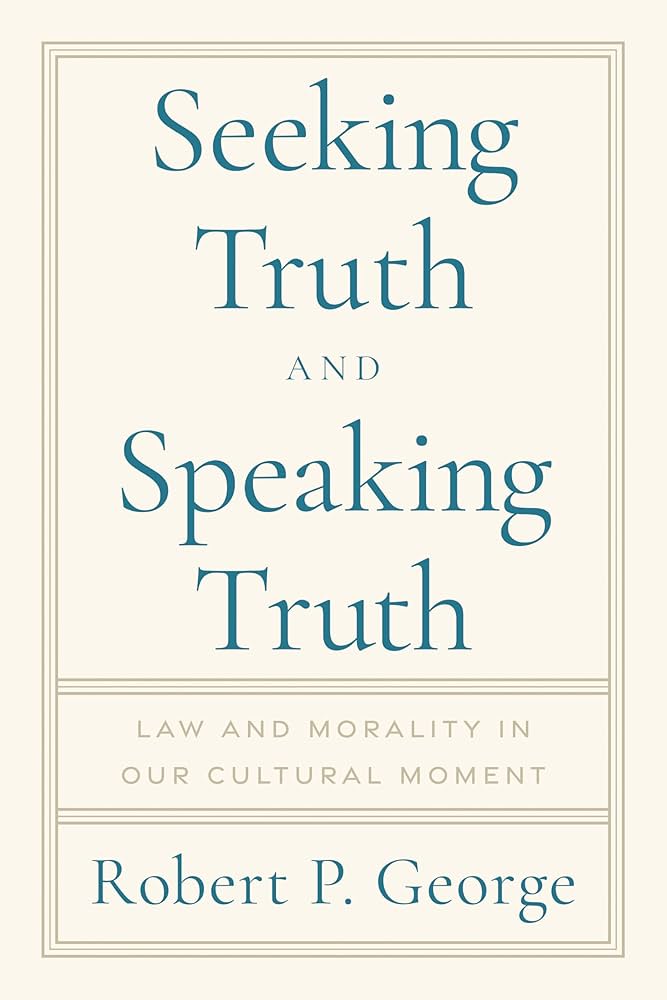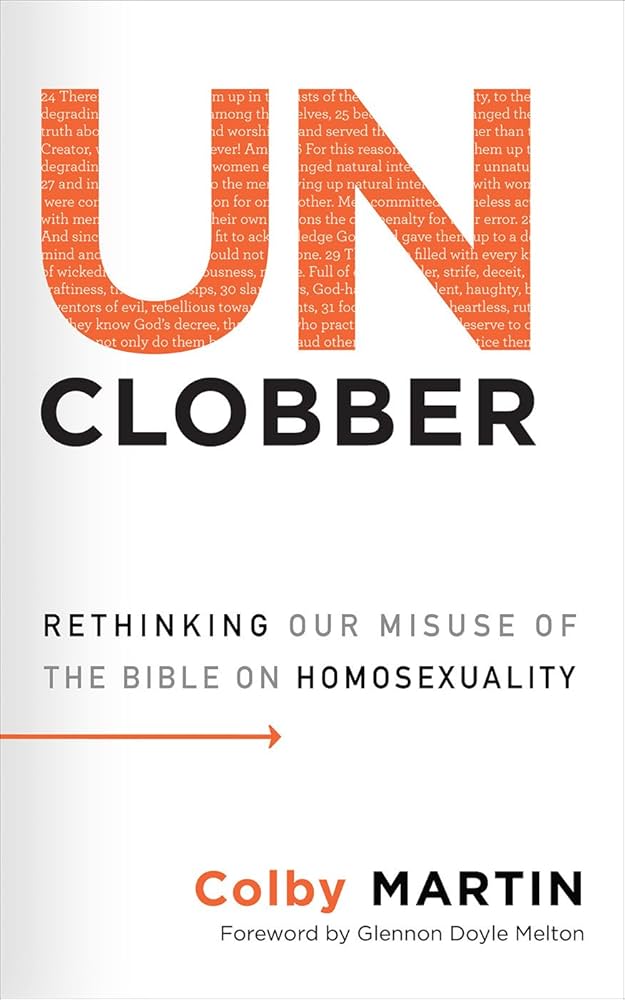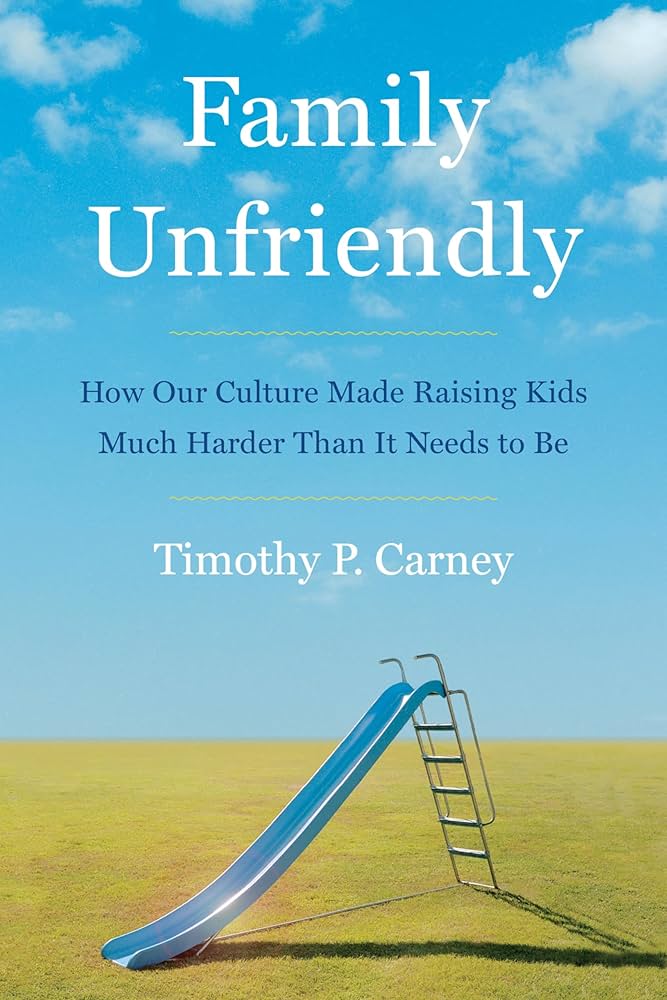By Denny Burk
As the Olympics wound up last week, there were numerous reports about an Olympic runner whose sex was a point of controversy. It is reported that this athlete has an intersex condition called 5-ARD and has the testosterone level of a man. The athlete competed as a woman and won the gold medal in the 800m by a jaw-dropping margin of victory. The athlete not only looks like a man but also competes like one.
Even though the athlete’s name is in the news, I hesitate to mention it here. The reports I’ve read say that the athlete has never discussed the topic publicly, and it appears that news stories about the athlete’s intersex condition and testosterone levels have been the result of leaks and not the result of the athlete’s willing disclosure. So I will focus here on the issues raised by this controversy and not on this particular athlete.
The question everyone is asking is whether an athlete should be allowed to compete as a woman while having such elevated testosterone levels. Is it an unfair advantage? I want to argue that this is the wrong question. The right question to ask is whether or not the athlete is a woman. And that is the question that no one seems to be asking. Rather, it is something that many are wrongly assuming.
If news reports are accurate, the intersex condition in question is called 5-ARD. The National Institutes of Health describes the condition this way:
5-alpha reductase deficiency is a condition that affects male sexual development before birth and during puberty. People with this condition are genetically male, with one X and one Y chromosome in each cell, and they have male gonads (testes). Their bodies, however, do not produce enough of a hormone called dihydrotestosterone (DHT). DHT has a critical role in male sexual development, and a shortage of this hormone disrupts the formation of the external sex organs before birth.
Bottom line: People with 5-ARD are male with malformed reproductive anatomy. Not all intersex conditions are the same, and some present more ambiguities than others. But the sex of 5-ARD persons is not ambiguous. People with 5-ARD have XY chromosomes. They also have testes present that produce male-level amounts of testosterone, even though the testes may be internal. Other male features include epididymis, vas deferens, and seminal vesicles (Cornwall 2010: 241). The biological situation is clear. They are male.
Sadly, because the condition results in malformed reproductive anatomy that looks feminine, many 5-ARD males are mistaken as female at birth. Some do not find out that they have a male chromosomal pattern until puberty or later. Some 5-ARD children are raised as females, but one researcher has found that “60 percent of the genetic male children raised as female have retransitioned into males” (Dreifus 2005; Reiner 2005). In other words, the underlying genetic realities often prevail over socialization and anatomical ambiguities.
It is not hard to imagine the painful identity conflicts that would accompany such a condition—especially for those who were raised as female only to find out at puberty that their sex is not what they thought it was. And this rightly evokes our compassion and sympathy. Having said that, it is neither compassionate nor helpful to pretend that the biological situation is somehow unclear when in fact it is not. And of course the discovery of a genetic male should have implications for athletic competition. Because they are biologically male, people with 5-ARD should compete in male divisions, not in female ones.
But for Christians, the story of this athlete raises larger issues than the male and female divisions of Olympic competition. It compels us to consider what life in a fallen world is like and how Christ has come to redeem it and us. We will turn to those questions in part 2 tomorrow.
Share This Article



